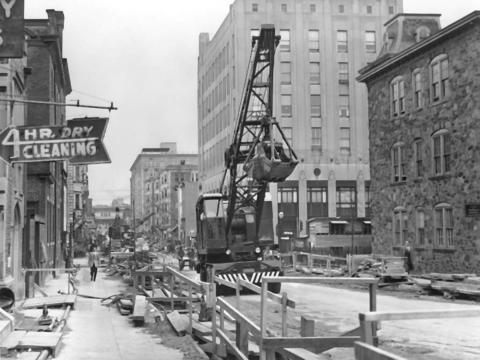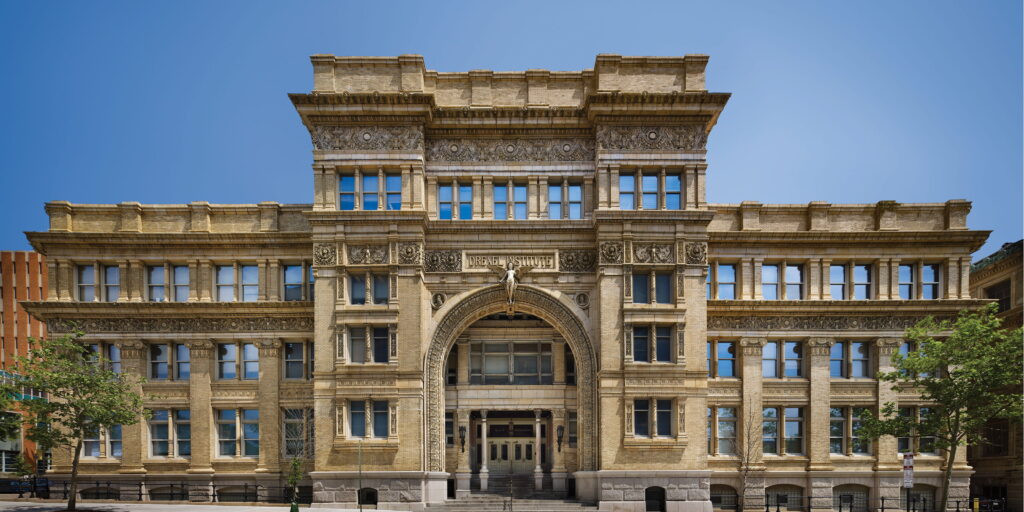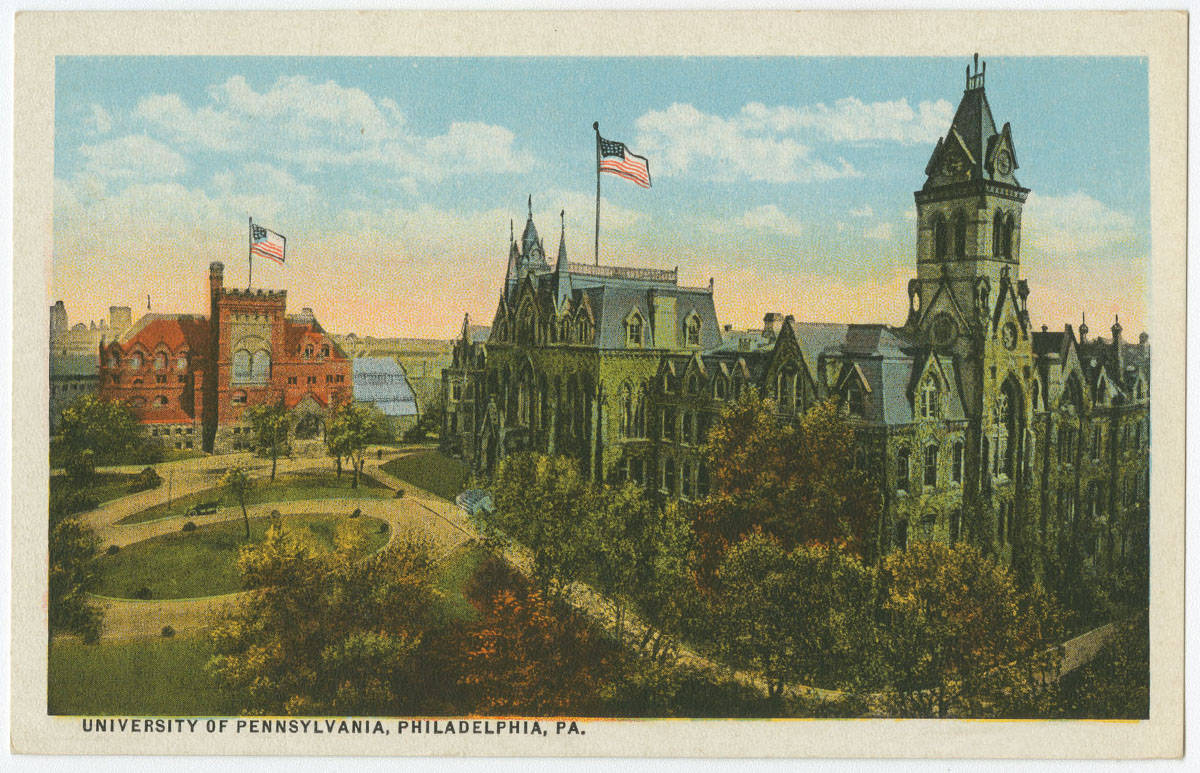University City in Philadelphia
On the eastern bank of the Schuylkill River, University City is a vibrant and diverse neighborhood in Philadelphia. It is the easternmost portion of West Philadelphia and is home to several prestigious universities and institutions. With its rich history, major redevelopment projects, and thriving community, the neighborhood has become a hub of education, innovation, and culture.
History
Before European colonization, University City was inhabited by the Lenape people, whose land, known as Lenapehoking, stretched along the Atlantic coast. In the late 17th century, William Warner purchased 1,500 acres of land from the local Indian tribe and named it Blockley after his English parish. Blockley Township, later referred to as West Philadelphia, gained a poor reputation in the 19th century but eventually became a thriving neighborhood.
In the mid-20th century, local realtors and graduates of the University of Pennsylvania coined the term “University City” to attract faculty back to the area. This led to the neighborhood’s boundaries being defined, extending from the Schuylkill River to 52nd Street and from Haverford Avenue to the Media-line railroad tracks.

Boundaries
University City’s boundaries, as defined by the University City District organization and the City of Philadelphia, encompass a diverse range of local neighborhoods. From the Schuylkill River to Spring Garden Street, Powelton Avenue, and Market Street, University City includes neighborhoods such as Cedar Park, Garden Court, Spruce Hill, Squirrel Hill, Powelton Village, Walnut Hill, and Woodland Terrace. These boundaries also encompass several historic districts and ZIP codes, including 19104, 19139, and 19143.
Town-University Relations
The neighborhood has a complex history of town and gown relations, particularly with the University of Pennsylvania (Penn). In the 1960s, Penn led gentrification and redevelopment programs that transformed the area. However, the university has also made efforts to improve the community, such as building the Penn Alexander public elementary school and offering grants to staff for home purchases or improvements in West Philadelphia.
Over the years, the perception of the “Penn bubble” has expanded, with the university’s influence reaching further west into the residential neighborhoods. This expansion has sparked both support and tension within the community, with some residents viewing it as an attempt to secede from West Philadelphia.
Major Redevelopment Projects
University City has undergone significant redevelopment, transforming it into a thriving and modern neighborhood. Two major projects have played a crucial role: the West Philadelphia Corporation and the Schuylkill riverfront redevelopment.
West Philadelphia Corporation
The West Philadelphia Corporation (WPC) was established in 1959 by local institutions, including Penn, with the goal of eliminating slums and blighted areas. The WPC focused on redeveloping Unit 3, an area encompassing most of the Black Bottom neighborhood. This redevelopment led to the establishment of the University City Science Center, a hub for private scientific research, an expanded hospital, and a new high school.
Unit 4, another area targeted for redevelopment, became part of Penn’s campus. The Superblock, a four-block area between 38th and 40th streets and Spruce and Walnut streets, was transformed into a high-rise dormitory complex to accommodate more students. These redevelopment projects faced criticism, but they significantly shaped the landscape of University City.
Schuylkill Riverfront
The Schuylkill riverfront has also undergone extensive redevelopment, transforming previously underutilized parcels of land. The area near 30th Street Station, owned by Amtrak, has been the focus of several redevelopment plans. Although some plans, such as a baseball stadium and a World’s Fair, were ultimately scrapped, the 30th Street Station District project continues to evolve. The Schuylkill Yards project aims to revitalize the area, and notable developments like the Cira Centre and Cira Centre South have already reshaped the skyline.
University City District
To enhance the quality of life in the neighborhood, the University City District (UCD) was established in 1997. This private, non-profit organization, created by the University of Pennsylvania and other local institutions, aims to provide safety, cleanup, marketing services, and coordination for district initiatives. UCD plays a vital role in making the area a vibrant and well-maintained community.
Universities In University City

The area is renowned for its prestigious educational institutions and other local organizations. The neighborhood is home to three prominent universities:
- University of Pennsylvania: Founded in 1740, the University of Pennsylvania is one of the nation’s oldest universities. With its beautiful campus and renowned academic programs, Penn attracts students from around the world.
- Drexel University: Established in 1891, Drexel University is known for its cooperative education programs and focus on experiential learning. Drexel’s main campus is located in University City.
- University City campus of Saint Joseph’s University: Formerly known as the University of the Sciences in Philadelphia, the University City campus of Saint Joseph’s University offers degrees in health sciences and other related fields.
In addition to these universities, the neighborhood is home to various other institutions, including the Children’s Hospital of Philadelphia, the Wistar Institute for scientific research, and the Free Library of Philadelphia’s Walnut Street West Branch.
University City is a neighborhood rich in history, culture, and educational opportunities. From its diverse demographics to its major redevelopment projects, the neighborhood has evolved into a vibrant and thriving community. With its renowned universities, institutions, and ongoing initiatives like the University City District, University City continues to attract residents, students, and visitors who contribute to its dynamic and innovative atmosphere.
